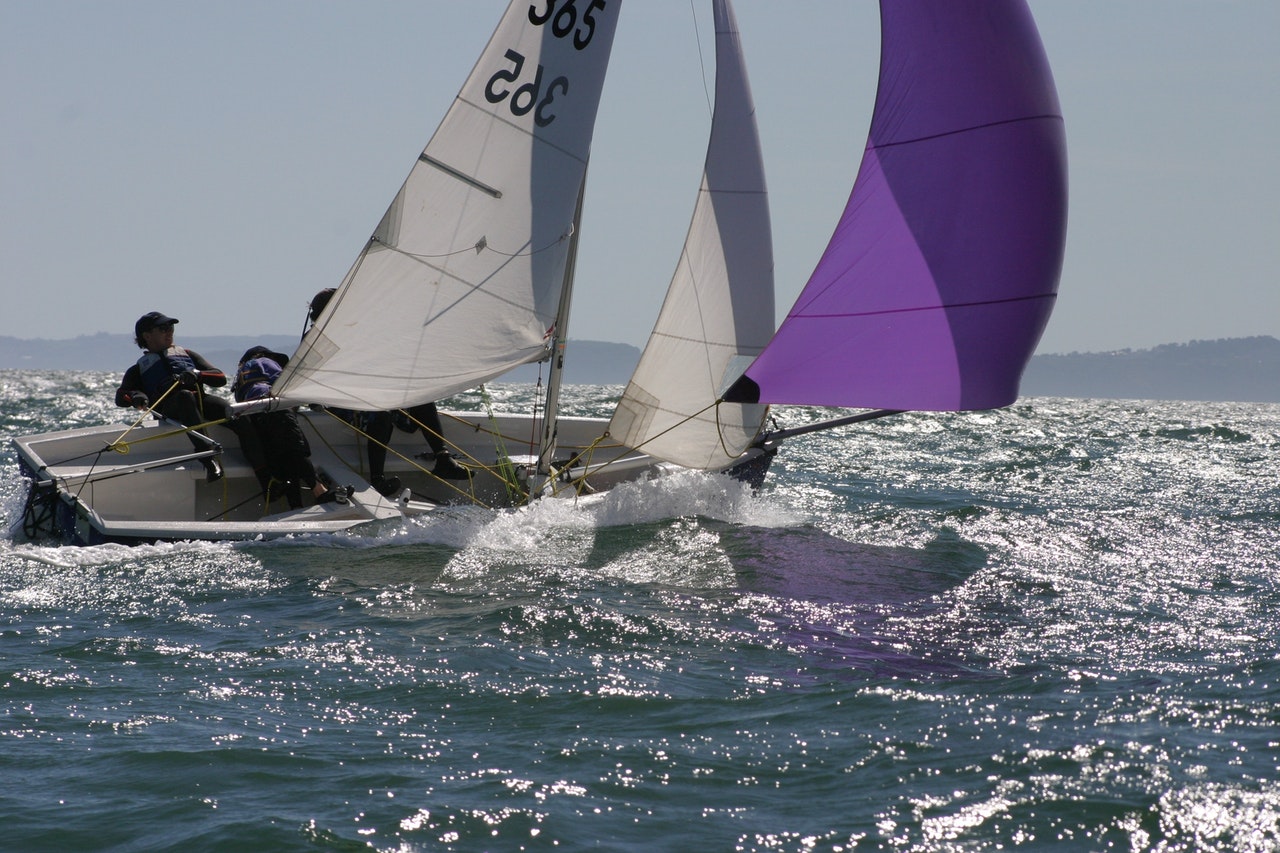If you have ever been sailing then you will know that it can get very chilly, whether you are on a short trip or a long overnight passage, having the right sailing base layers is essential.
When you think about base layers, thermal tops and bottoms immediately spring to mind however there are a number of other sailing base layer essentials you should consider, including; socks, glove liners and balaclavas.
What do sailing base layers do?
The key job of base layers is to quickly transfer moisture away from the skin and create a layer of insulation to keep the wearer warm, in order for this to work properly the thermals need to be tightly fitted to the skin. They can be worn on their own or under other clothing as a layered effect depending on the temperature. Deciding not to wear base layers in cold temperatures whilst sailing could put you at risk of developing hyperthermia which can be very dangerous.
What materials are used for sailing base layers?
Base layers nowadays can be made of synthetic fibres or natural fibres, or even a mixture of both. Synthetic fibres including polyester or polypropylene are known for their durability and thermal properties, whereas natural fibres such as merino wool and bamboo are known for their breathable and comfort qualities. Either can work well as sailing base layers, it depends on personal preference, however it is recommended to stay away from cotton as this actually absorbs moisture which will have the opposite effect, making you colder.
Types of sailing base layers
Long sleeve base layer
When sailing, it is likely you will be using your arms a lot and therefore it is important they are kept warm. Long sleeve base layers are good at keeping warm blood flowing to your forearms and subsequently your hands and fingers. Keeping these parts of your body warm and protected from the cold is important to ensure you are safe and able to carry out your sailing activities without hindrance.
Thermal leggings
Similar to long sleeve base layers, thermal leggings are important when sailing to protect your legs and your ability to carry out sailing duties. Base layer leggings can come in 3 sizes, full length, three-quarter and shorts, depending on the type of sailing you do and the weather conditions will affect which length of leggings you require. As base layer leggings will help to improve blood flow in cold conditions, the oxygen delivery will help to prevent the build up of lactic acid helping to fight off muscle fatigue.
Thermal socks
Often an overlooked item of sailing base layers, having good thermal socks will have a greater impact on your overall body temperature than you might think. When your feet are warm, vasodilation begins to happen in the body, this is when blood vessels dilate which in turn can help to redistribute heat around the body increasing your overall core temperature.
Glove liners
Whilst sailing, your hands are another body part that will be used a lot. Although you can wear sailing gloves to help protect your hands from the cold, in lower temperatures glove liners are also a good sailing base layer to have underneath gloves. Glove liners can be good for when temperatures drop and your sailing gloves aren’t keeping your hands warm enough, instead of purchasing new thicker sailing gloves simply add glove liners underneath.
Base layers are important items to have when sailing, look into the right types and materials suitable for your weather conditions and sailing activity.

 by Jack Waltour 3 years ago
by Jack Waltour 3 years ago